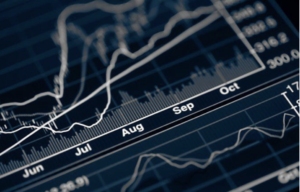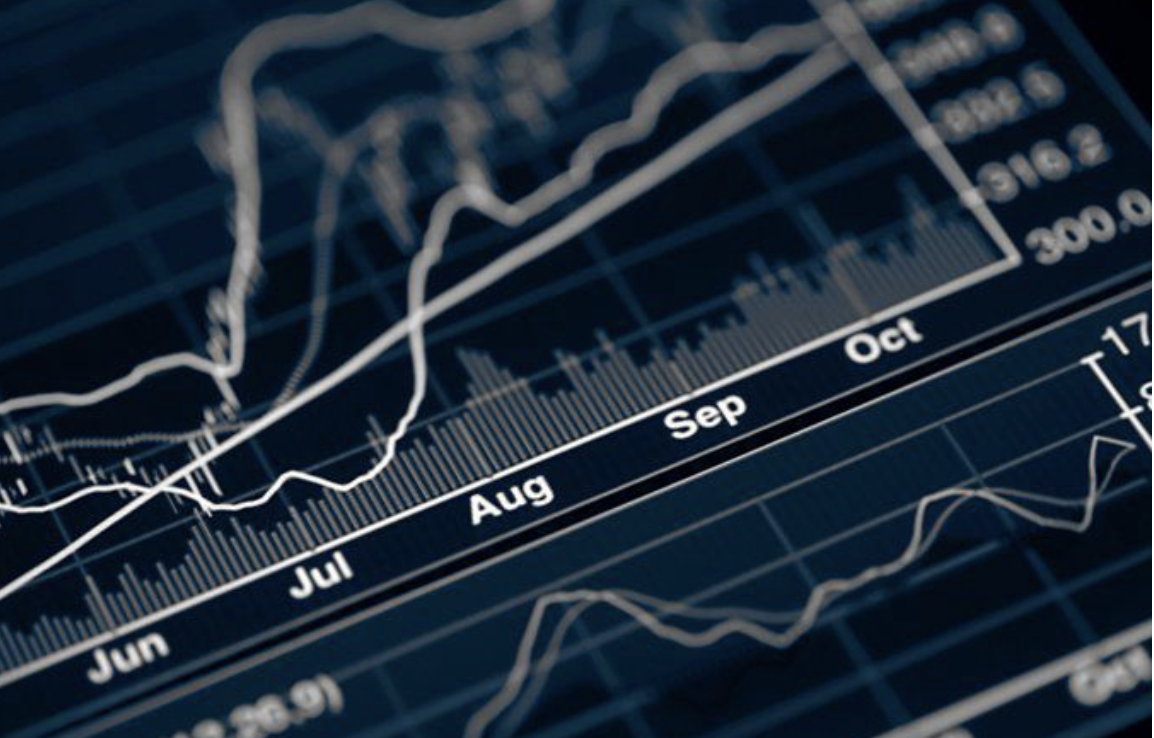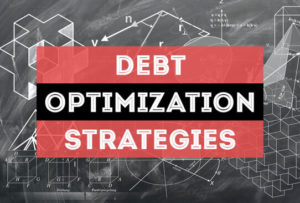A Goldilocks Economy: Understanding its Significance for Financial Investors
In the realm of economics, the Goldilocks Economy stands out as a coveted state, characterized by a delicate balance between various economic indicators. Borrowing its name from the popular children’s story “Goldilocks and the Three Bears,” this concept embodies an economy that is neither too hot nor too cold but just right. It represents an ideal scenario where conditions are optimal for sustainable growth, stability, and prosperity.
To grasp the essence of a Goldilocks Economy, it’s imperative to dissect its defining features. At its core, this economic state is marked by three key attributes: full employment, economic stability, and moderate growth.
Firstly, full employment implies that the majority of the workforce is gainfully employed, with minimal involuntary unemployment. In such a scenario, individuals have access to job opportunities, leading to increased consumer spending, higher household income, and overall economic well-being. This aspect is crucial as it fosters confidence and financial security among the populace, driving consumption and investment.
Secondly, economic stability is a hallmark of the Goldilocks Economy. This stability encompasses various facets, including price stability, financial stability, and geopolitical stability. Price stability refers to controlled inflation rates, where prices rise at a manageable pace, ensuring that purchasing power remains intact. Financial stability entails a robust banking system, prudent fiscal policies, and effective regulation to mitigate systemic risks and prevent financial crises. Geopolitical stability reflects a tranquil international environment devoid of major conflicts or disruptions, which could adversely impact global trade and economic activity.

Lastly, moderate growth characterizes the Goldilocks Economy. Here, the pace of economic expansion is neither too rapid nor too sluggish but maintains a sustainable trajectory. Moderate growth fosters business confidence, encourages investment, and supports job creation without stoking inflationary pressures or asset bubbles. It strikes a delicate balance, ensuring that the economy operates near its potential output level without overheating or slipping into a recessionary phase.
The significance of the Goldilocks Economy extends beyond its conceptual allure, as it holds profound implications for financial investors. Understanding and navigating this economic paradigm are crucial for investors across various asset classes, including equities, fixed income, and alternative investments. Here’s why:
- Equity Markets: In a Goldilocks Economy, equities tend to perform well as companies experience steady revenue growth, healthy profit margins, and favorable business conditions. Investors favor stocks of companies with strong fundamentals, stable earnings growth, and resilient business models. Moreover, low interest rates and benign inflation support higher valuations, driving equity prices higher. However, investors must remain vigilant for signs of overheating or market exuberance, as excessive optimism can lead to asset bubbles and subsequent corrections.
- Fixed Income Markets: Bond investors benefit from the stable and predictable environment of a Goldilocks Economy. With controlled inflation and moderate interest rates, fixed income securities offer attractive yields relative to inflation, providing a hedge against purchasing power erosion. Investors typically favor investment-grade bonds issued by financially sound entities, seeking both income and capital preservation. However, they must monitor interest rate movements and inflation expectations, as unexpected shifts could impact bond prices and yields.
- Alternative Investments: Alternative investments, such as real estate, commodities, and private equity, also thrive in a Goldilocks Economy. Real estate values appreciate steadily, driven by strong demand for residential and commercial properties amid economic prosperity. Commodities experience balanced demand-supply dynamics, with prices supported by robust global growth and consumption. Private equity investments benefit from ample liquidity, favorable financing conditions, and attractive exit opportunities, fueling deal activity and investment returns.

Moreover, financial investors must remain adaptable and responsive to evolving market dynamics within a Goldilocks Economy. While the current economic environment may appear favorable, unforeseen events or policy changes could disrupt the delicate equilibrium, necessitating strategic adjustments to investment portfolios. Additionally, investors should diversify their holdings across asset classes and geographies to mitigate risks and capitalize on emerging opportunities.
In conclusion, the Goldilocks Economy represents an ideal state for economic prosperity, characterized by full employment, stability, and moderate growth. Financial investors play a pivotal role in navigating this economic landscape, capitalizing on opportunities while managing risks effectively. By understanding the nuances of the Goldilocks Economy and its implications for various asset classes, investors can make informed decisions, optimize returns, and safeguard their portfolios in an ever-changing financial landscape.




